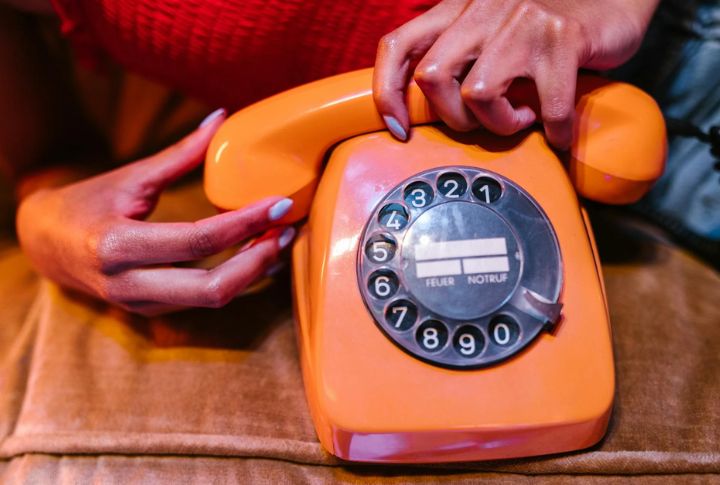
Despite advanced tech and digital solutions, some age-old methods refuse to fade away. Curious why certain outdated habits persist? Explore 20 surprising practices that have defied time, and find out why they’ve managed to stick around despite faster and supposedly newer alternatives.
Bloodletting In Modern Medicine
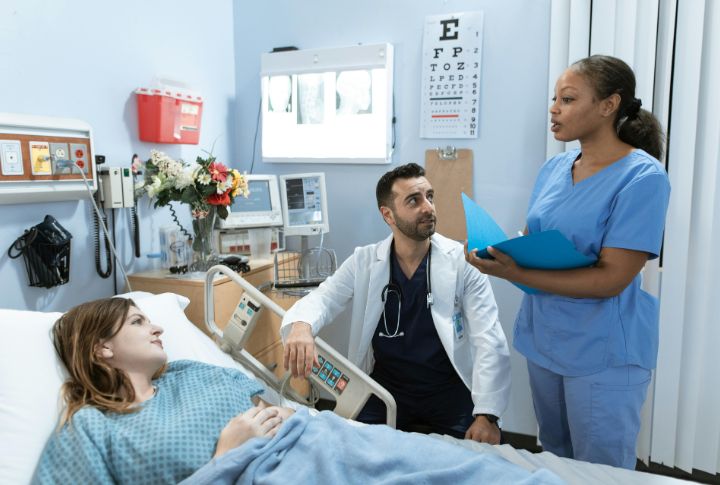
Hospitals use bloodletting to treat certain conditions where excess iron or red cells build up. Instead of leeches or crude knives, trained staff draw controlled amounts of blood. The method hasn’t changed much in principle—just the equipment and the understanding behind its use.
Mercury Use In Dental Fillings
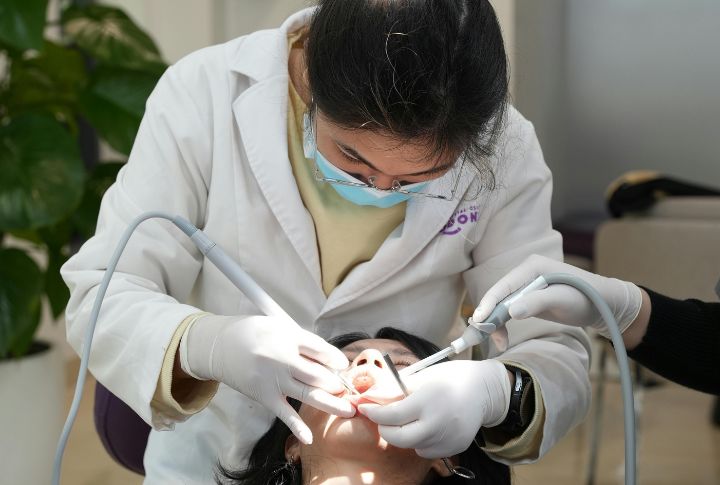
Some dentists still use mercury-based amalgam for tooth restorations. These silver-toned fillings resist wear and work well in high-pressure molars. Despite the shift to resin options, many clinics keep using mercury blends due to their longevity and simplicity in certain types of cavity repair.
Corporal Punishment In Schools

In a few districts, schools practice physical discipline. Wooden paddles sit behind principal desks, used for enforcing rules the old-fashioned way. This approach continues quietly, especially in rural communities where tradition holds firm and older codes of discipline are rarely questioned or replaced.
Daylight Saving Time Observance

Twice a year, clocks shift in many places to reflect an old wartime energy plan. Office schedules and even automated devices are adjusted. Though its purpose faded long ago, the ritual continues, and it is kept alive by habit more than necessity in most regions.
Pagers In Healthcare Communication
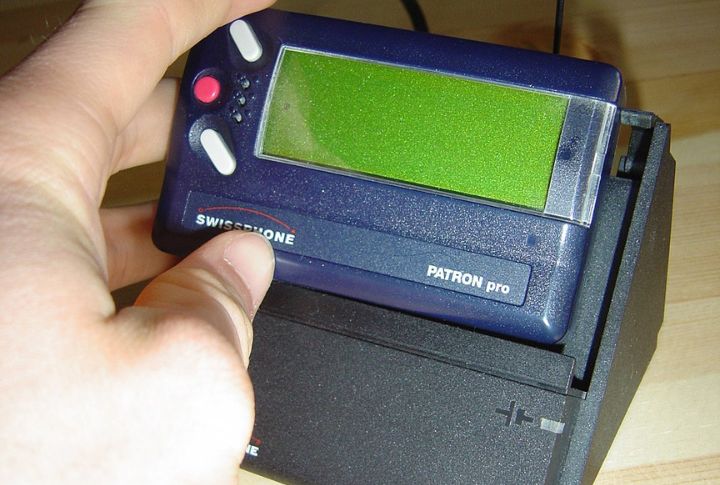
Hospital staff clip pagers to their belts. Unlike phones, these devices don’t drop signals in thick-walled buildings or fail during power cuts. Nurses and surgeons rely on their beepers to relay urgent calls, trusting a technology that keeps working when others falter.
Fax Machines In Medical Settings
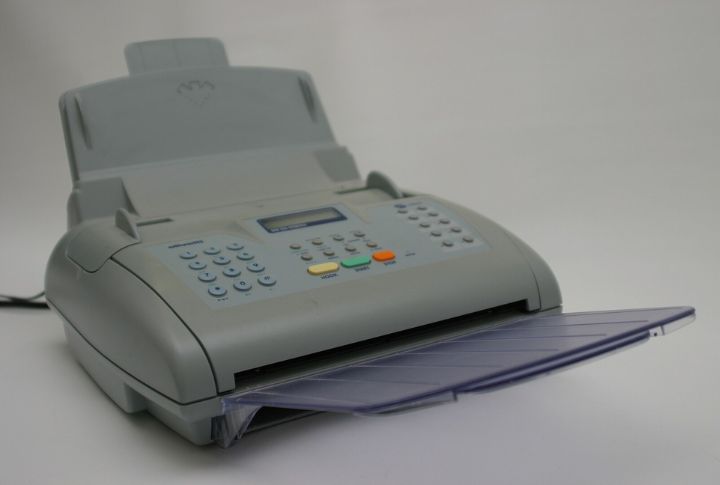
Fax machines are still widely used in hospitals and clinics, where patient documents are transmitted through phone lines rather than email servers. Their simplicity and closed-circuit reliability make them essential for transferring records. It’s not nostalgia but just a method that avoids tech failure in high-stakes, paper-heavy environments.
Manual Typewriters In Government Offices
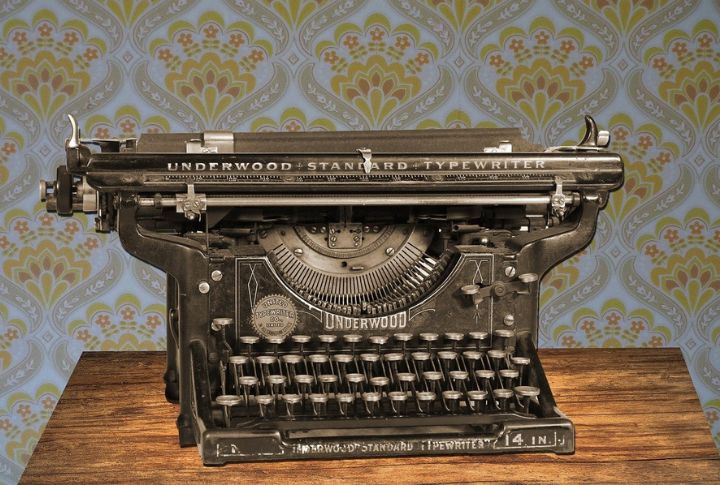
Inside older government buildings, typewriters are in use. Some forms require permanent entries that can’t be digitally altered. So, clerks type one line at a time, often for archival documents. Keys clack steadily, preserving the texture and finality that only an inked ribbon can produce.
Teaching Cursive Writing In Schools
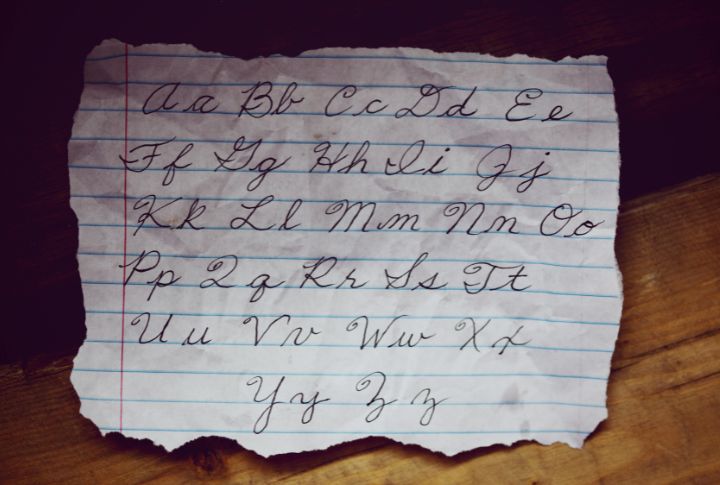
Cursive handwriting hasn’t vanished. In some classrooms, children trace loops and curls across lined paper. Lessons focus on penmanship as a skill for reading historical texts or simply fine motor coordination. For these students, handwriting isn’t an art but rather a part of a daily routine.
Carbon Paper For Document Duplication
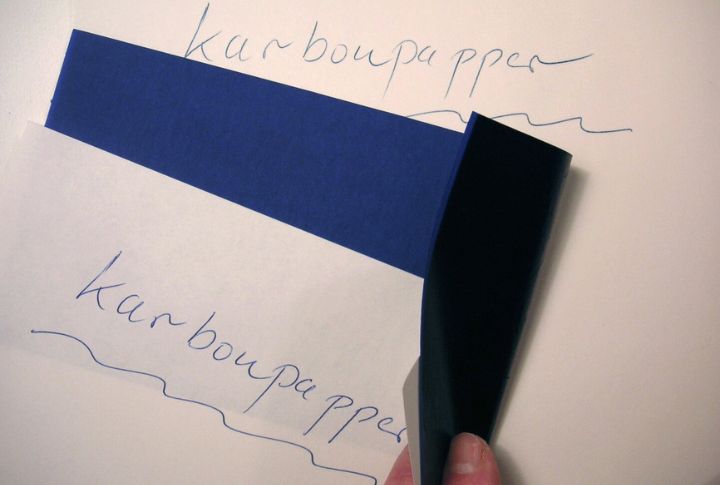
Carbon paper hides between bills in repair shops and truck logs. If you don’t know how it works: when a signature or mark is made, it transfers onto multiple sheets below because of the carbon paper. In a world of printer jams, this silent layer delivers a copy with no delay.
Rotary Phones
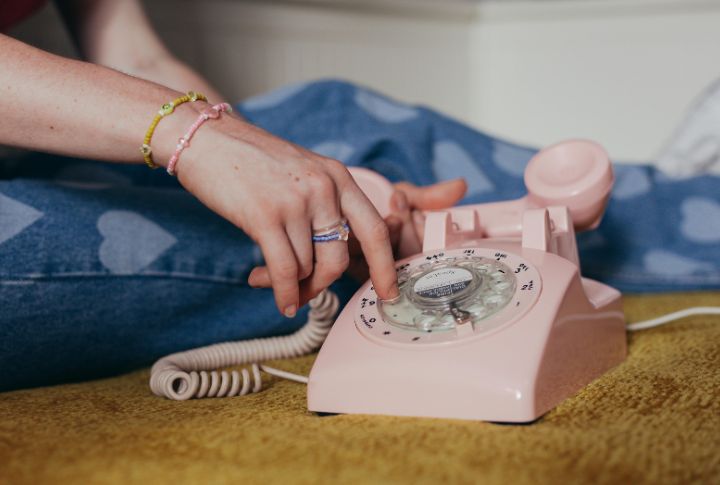
Believe it or not, rotary phones hang in cabins, ranger posts, and backup centers, even today. Their dials turn with a click, sending numbers through copper lines. No power source is needed. In outages, these units most often work when nothing else will.
Physical Attendance As A Productivity Measure

Some offices judge productivity by time spent at desks. Keycards track arrival and departure, and presence often weighs more than output. In these spaces, being visible matters, and efficiency tools sit unused. Just imagine working in a place where performance remains tied to chair time and hallway visibility.
Landline Phones For Essential Services
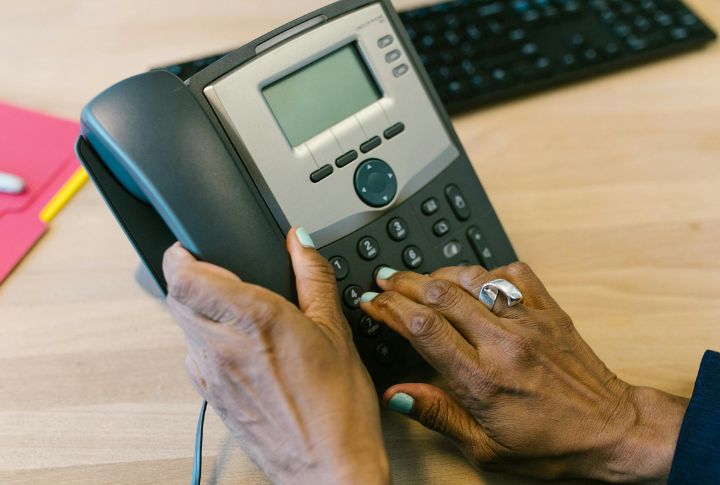
Technicians ask for landlines when setting up security or home systems. Especially in areas with unreliable mobile service, landlines carry steady signals. Their cords and jacks offer dependable communication in areas that are prone to storms, outages, poor coverage, etc.
Chalkboards In Educational Institutions

Many classrooms feature blackboards scratched with white chalk. Teachers prefer their control and contrast under that old lighting because dry-erase markers dry out too quickly. In these places, smartboards remain boxed and chalk sticks fill supply closets.
Overhead Projectors
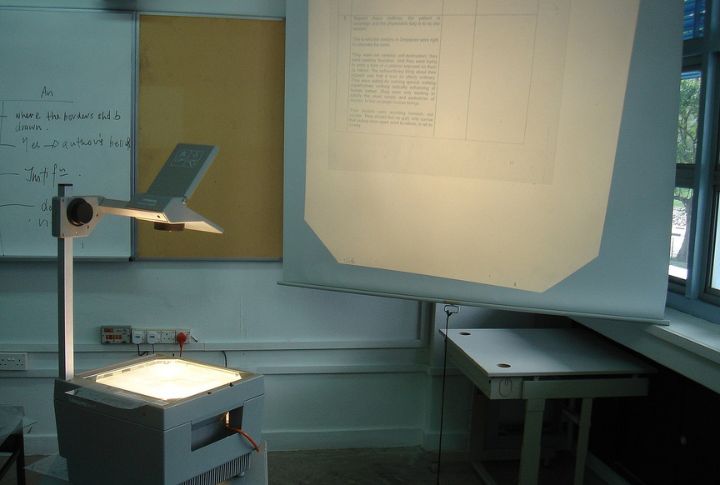
Similarly, in town meetings and older classrooms, overhead projectors still run. A transparency sheet slides under the lens, throwing the image onto the wall. There’s no waiting for software to load or risk of updates during lectures when a flat surface does the job.
Manual Transmission Vehicles

Manual cars appeal to many drivers who enjoy full control over gear shifts. Some manufacturers continue producing them for those who value tactile driving. Stick shifts offer a direct engine response and a kind of simplicity that’s lost in automatic systems that work silently.
Print Newspapers And Magazines
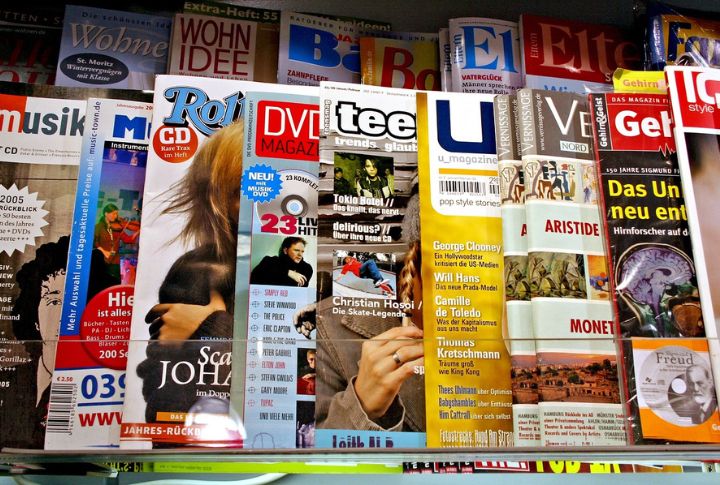
Printed publications remain a common source of news and information, delivered to homes and available on racks. Readers engage with physical pages and reference printed articles without digital distractions. This is to consume verified content without reliance on screens.
Checkbooks For Financial Transactions

At small events or local businesses, handwritten checks settle bills. Some people keep checkbooks in their cars or bags for these moments. No apps or digital prompts, just ink on paper, which keeps transactions simple and offline.
Analog Television Broadcasts
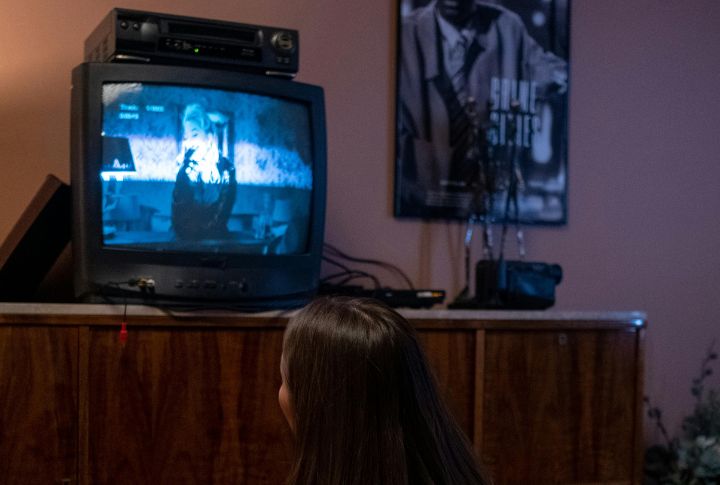
In remote valleys and off-grid areas, antennas pull analog signals from local stations. Viewers twist knobs to adjust picture quality, harvesting analog signals from nearby transmitters for clearer reception. While digital connectivity rushes forward elsewhere, some communities still depend on these signals.
Physical Maps

Park rangers and travel centers distribute paper maps that remain functional in areas without signal or power. Unlike digital navigation, fold-out guides don’t fail due to battery loss or software glitches. Stored in backpacks and vehicles, they provide reliable direction when the bar has a cross against it.
Film Cameras In Photography

Photographers continue to use film cameras, manually exposing and winding each frame. The physical process demands precision, influencing the final image. Film grain adds depth and leads to unique results. Unlike digital clarity, film cameras make each developed shot a product of both skill and chance.

